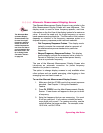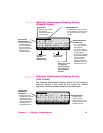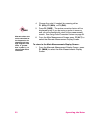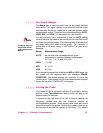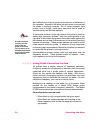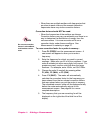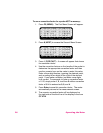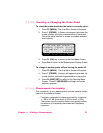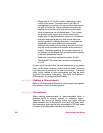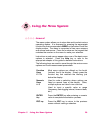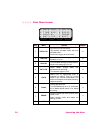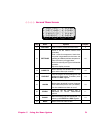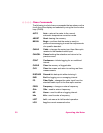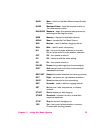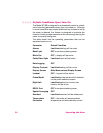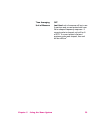
28 Operating the Meter
Making a Measurement
Refer to the Applications Booklet for both general and specific
information on making measurements.
Precautions
When making measurements of electromagnetic fields, a
potential exists to expose yourself to excessive levels.
Approach the source of energy slowly and begin making
measurements from a distance at which low field levels exist.
Be prepared to evacuate the area immediately if RF field levels
in excess of the applicable standard are observed.
•
Ellipse ratio is ±0.75 dB or better, depending on the
model of the probe. The ellipse ratio is the ratio of
readings that occur when one rotates the probe around
the axis of its handle. Narda calibrates its probes by
rotating the probe about its axis and using the mean
value to determine the correction factor. If you rotate
the probe around its axis and use the mean value,
ellipse ratio can be eliminated as a source of uncertainty.
•
Isotropic response is the error that occurs when the
probe is pointed in different directions. It includes the
ellipse ratio plus some additional uncertainties.
Although the probes pick up energy from all directions,
they are most accurate when pointed at the source of
energy. Generally speaking, the isotropic response is
no greater than the ellipse ratio providing that the probe
is pointed towards the source.
•
Calibration uncertainty represents another 0.5 dB.
•
The Model 8718B meter has a maximum uncertainty
of ±3%.
A good rule of thumb is that the total uncertainty is no greater
than ±3 dB when correction factors are not used, providing
that the probe is pointed at the source of energy. There are
other issues related to field perturbation that can be more
significant sources of uncertainty. See Field Perturbation in
Measurement in the Applications Booklet.



